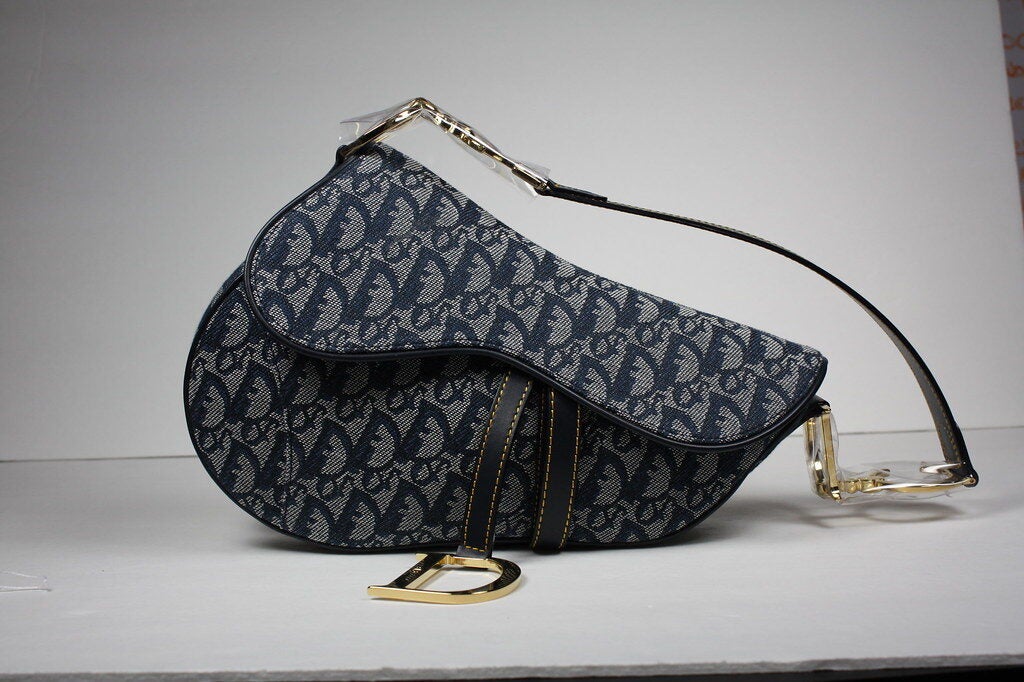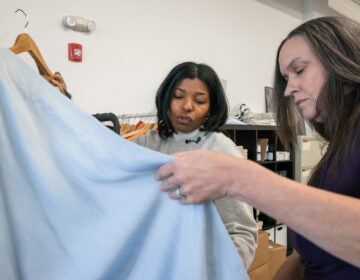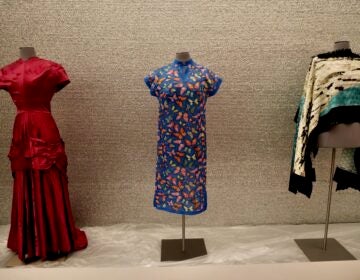How we can change the future
It is the job of futurists to think about what the future holds. We can use those skills in our lives too.
Listen 14:18
It is the job of futurists to think about what the future holds. We can use those skills in our lives too. (Zyabich / Big Stock Photo)
This story is from The Pulse, a weekly health and science podcast.
Subscribe on Apple Podcasts, Spotify or wherever you get your podcasts.
It may seem like a strange time to think about the future, during a pandemic that has changed people’s lives for more than a year.
But that’s what we do every time we ask, “When will things get back to normal?”
Devon Powers, associate professor of advertising at Temple University, said that question is an idea about what the future is, the same as when we make plans to have lunch, or save money for retirement, or marry a partner. But we think it’s different when it comes to more big-picture ideas.
“I feel like most people feel like a lot of things about the future are completely out of their hands,” Powers said. “They can’t control the economy, they can’t control the climate, they can’t control if their job is going to exist in a year.”
But we can, she said, and there are people whose job it is to forecast the future. In the 1970s, the oil company Shell started speculating about the future to plan for the day when demand for oil went down. Now, many Fortune 500 companies hire trend forecasters.
“Businesses have figured this out … in ways that have impacts on all of our lives,” she said. “It’s only fair … for everyday individuals to also recognize that this is a practice that you can bring into your everyday life, and that you can bring into your professional life, so that you can kind of balance that control, and it’s not just more powerful interests than you that are deciding what future you will live.”
Powers just wrote a book about the industry, called “On Trend, The Business of Forecasting the Future.” And she said we can learn those skills, too, to think about our own future.
One of the people she wrote about is Sem Devillart, a futurist at a company called Harmony Labs. Devillart said her job isn’t about looking at crystal balls; there is a method, a science to it. To understand her approach, it helps to know that her background is in art history, with a particular passion for 16th-century Spanish art, comparative religion, and sociology.
“You can see correlations: Particular periods of time have similar formulas that will translate cross-categorically, so the type of music would … have a similar style to the type of architecture, to the fashion, to the mannerisms, to the food, etc.,” she said. “And then at one point, I thought, ‘What am I doing in the 16th century?’”
Subscribe to The Pulse
Her work now is a little like art history, but in reverse: Art history looks at the products of a certain culture and tries to figure out: What does this say about the culture? Trend forecasting tries to understand the culture, and anticipate the next product that people will need or want.
That became the way Devillart saw the world.
“It’s such fun when you can take any conversation snippet, and see … if it fits into your system or doesn’t, or you could improve the system of interpretation.”
She wondered where she could do that and landed on fashion — an industry in which people interpret trends and get relatively quick, concrete results by looking at how many people bought the products.
For example, back in the 1990s, she noticed a trend for clothing and styles that weren’t symmetrical. She reported this trend to her team and her client — and the result was a tiny, asymmetrical, kidney-shaped bag
The design was not at all practical, because no matter what you put in it, the weight just slumped to one side. They called it the saddle bag.
It was a hit and became a classic for her client, Christian Dior. It was on Sex and the City, and Beyonce had one a few years ago.

Recently, Devillart became more interested in the methods of trend forecasting, learning how the best forecasters get their intuition. She now teaches trend analysis and future forecasting at the Masters in Branding program at the School of Visual Arts in New York.
One sign of a good forecast, according to Leah Zaidi, a futurist at the Future Today Institute, is that it should be concrete advice.
“A good strategy is actionable,” she said. “It’s not something that is meant to be nebulous; it’s not a very fluffy description.”
For instance, a good strategy might be: invest in renewable energy, because that will be important no matter how the world ends up.
Devon Powers added that while there is some element of imagination and dreams, it also has to be grounded in reality. For instance, she said when she teaches her students about the future and asks them what the future of cars is, they will often say flying or driverless cars. She then asks them to look outside, to notice all the dinged, old cars people are driving, and reminds them that those cars will be still around in the future too.
So futurism isn’t about predictions. It’s a skill where you look for patterns and currents that drive culture. It’s also the ability to see the world and imagine that it could be different.
Powers said once she realized this, she saw the world a little differently. For instance, she lives in a quickly gentrifying neighborhood in Philadelphia. She was at a community meeting where property developers were telling neighbors about their plans to build more high-rises and parking and businesses, saying that is the future of Philadelphia.
Powers intervened: “The future is not predetermined, you don’t get to tell me what my future is.”
She said that while the development did not stop, it is an empowering way to think, because it means everyone has a say in their future.
“One of the ways that you do is by countering this discourse that the future is set in stone and it’s set in stone by people who are actually doing the work of shaping the future themselves. They just don’t want to call it that: They call it progress, or they call it technology, or they call it some kind of inevitable force. And it’s not; it’s never inevitable.”
In 2020, Powers said, many people in the United States demanded a different life: racial justice, health care, homes, fair wages.
“Despite a lot of setbacks, I think we’ve also seen some moments of victory and some moments of awareness.”
WHYY is your source for fact-based, in-depth journalism and information. As a nonprofit organization, we rely on financial support from readers like you. Please give today.







